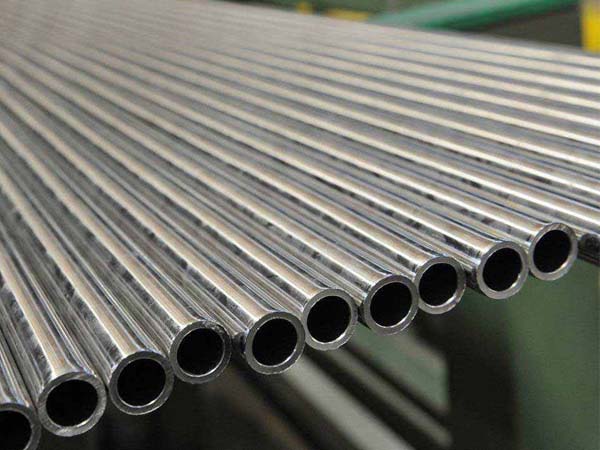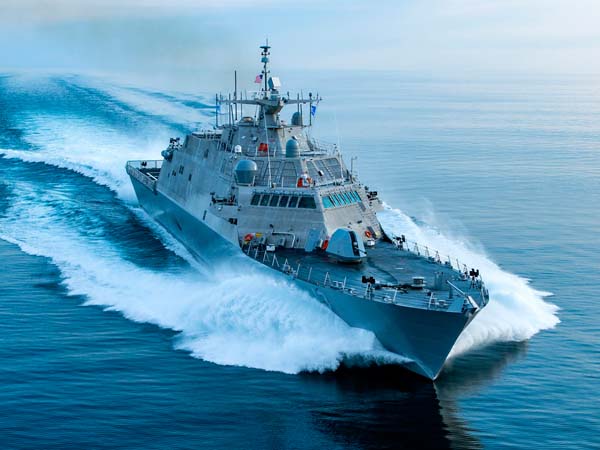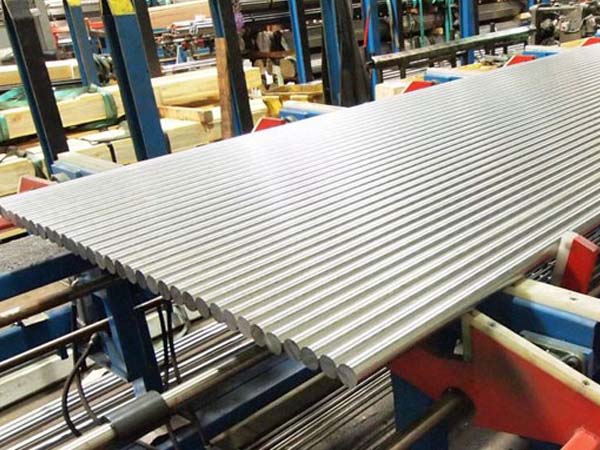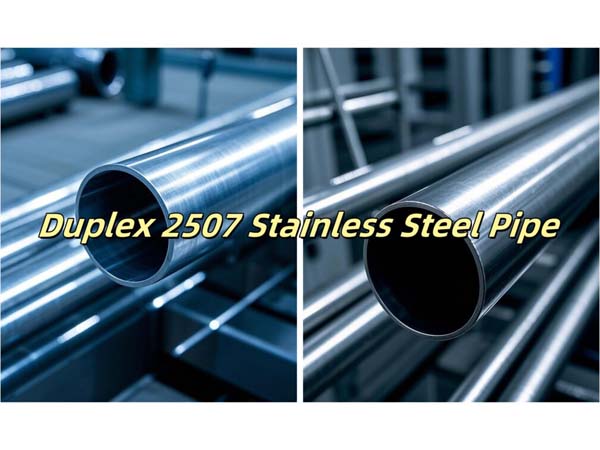





Phone
+86-731-82250427
Address
25th floor, C3 Building, Wanda Plaza, Kaifu District, Changsha, Hunan Province, China.
 Mar 7 2024
Mar 7 202417-7PH (UNS S17700, W.Nr.1.4568) is a type of stainless steel known for its precipitation-hardening characteristics. It exhibits a semi-austenitic structure when in its annealed state and transforms into a martensitic structure when hardened. This steel offers notable advantages such as high strength, hardness, fatigue resistance, corrosion resistance, formability, and minimal distortion during heat treatment. It finds wide applications where a combination of excellent corrosion resistance and high strength is required. In its annealed state, 17-7PH stainless steel can be easily formed and subsequently hardened through uncomplicated heat treatments to achieve high levels of strength. Furthermore, this material demonstrates exceptional mechanical properties even at elevated temperatures of up to 900ºF (482ºC) when in the heat-treated condition.
Aerospace Industry: Springs, aircraft structural parts, fasteners, and engine components
Automotive Industry: Springs, torsion bars, and fuel injector parts
Medical and Dental Instruments: Surgical instruments, orthopedic implants, and dental brackets
Chemical Processing: Valves, pumps, fittings, and containers that come into contact with corrosive chemicals
Electronics: Connectors, springs, and components for electronic devices
|
Material |
Cr |
Mn |
P |
S |
Si |
Cr |
Ni |
Al |
|
17-7PH |
16.0-18.0 |
1.00max |
0.04max |
0.03max |
1.00max |
16.0-18.0 |
6.50-7.75 |
0.75-1.50 |
|
Material |
Tensile strength |
Yield strength 0,2 |
Elongation |
Hardness HB30 |
|
896N/mm² |
276N/mm² |
35% |
85HB |
Under TH 1050 and RH 950 conditions, 17-7PH stainless steel exhibits better corrosion resistance compared to standard hardenable chromium-based stainless steels like types 410, 420, and 431. However, its corrosion resistance is slightly inferior to the chromium-nickel type 304. Nonetheless, in the majority of environments, the corrosion resistance of 17-7PH approaches that of type 304, particularly under CH 900 conditions.
To achieve the high strengths of TH 1050 and RH 950 conditions in 17-7PH stainless steel, the heat treatment process for condition A products involves three essential steps: austenite conditioning, cooling to induce the transformation of austenite to martensite, and precipitation hardening. These steps are crucial in developing the desired hardness and strength properties of the steel. By carefully following this heat treatment process, the steel can attain the desired high strengths of TH 1050 and RH 950 conditions.
Heating 17-7PH stainless steel is a common practice for heat treatment purposes. The process involves precise temperature control and duration in controlled atmospheres, followed by air cooling or quenching to improve its mechanical properties, strength, and hardness while preventing oxidation. Post-treatment processes may be required to meet specific product requirements. One such process is pickling, which utilizes acid-based solutions to remove impurities and oxide layers from the material's surface, restoring its corrosion resistance and enhancing overall quality.
17-7PH stainless steel offers versatility in forming processes, including both hot and cold forming, depending on the desired shape, complexity, and mechanical properties required for the application.
Hot Forming: 17-7PH exhibits good hot workability, making it suitable for hot forming methods like hot rolling, hot forging, and hot extrusion. The specific temperature range for hot forming may vary based on the desired deformation and application requirements. Hot forming is typically employed for larger and more intricate components that necessitate extensive shaping.
Cold Forming: 17-7PH maintains its ductility and formability even at lower temperatures, making it well-suited for cold forming techniques such as cold rolling, cold drawing, bending, and deep drawing. Cold forming is often preferred for smaller, simpler components or those requiring high dimensional accuracy and surface finish. Additionally, cold forming enhances the strength and hardness of the material through work hardening during the process.
The machining characteristics of 17-7PH stainless steel are comparable to type 302 stainless steel. To achieve desired results, proper selection of tools, cutting parameters, and techniques is necessary. Following the machining process, 17-7PH stainless steel can undergo a heat treatment, such as aging or precipitation hardening. This treatment helps restore or enhance the material's mechanical properties, ensuring optimal performance for its intended application.
17-7PH precipitation-hardening stainless steel can be effectively welded using common fusion and resistance techniques to achieve optimal mechanical properties. When a weld filler is necessary, W 17-7PH is commonly used. It is important to note that both austenite conditioning and precipitation hardening heat treatments are required after welding to attain high levels of strength.
In comparison to 17-4PH stainless steel, 17-7PH has relatively poorer weldability. This can result in reduced penetration and increased formation of weld slag during arc welding, mainly due to its higher aluminum content.
Ø Bar & Rod
Ø Plate & Sheet
Ø Coil & Strip
Ø Pipe & Tube
Ø Fitting: Flange, Tee, Elbow, Reducer etc.
Ø Forging: Ring, Shaft, Circle, Block etc.
Ronsco is a supplier with more than 27 years of experience in the special metal field, we always adheres to the business phiosophy of "customer-centered", tries its best to meet the requirements of customers and pursues win-win cooperation with customers. Are you looking for special metal products one-stop supplier! Contact Us Now! Email: marketing@ronsteel.com
